Kaido Racers bring Japan’s wildest car culture to the West Coast
Translation software often goofs when asked to turn Japanese into English. For instance, a label warning that a product is not safe for kids becomes “Do Not Eat Children.” Some things just don’t compute across the Pacific divide. Just thinking about how to concisely explain Japanese Kaido racers makes my brain hurt.
“People’s usual reaction is just to think it’s crazy,” says Keith Measures, “Just completely crazy. But it goes deeper than that.”
This past July, Measures and his friend Reid Olliffe, known simply by Rudeboy, hosted their second annual Summer Touring event for kaido racers in Vancouver, Canada. I’ll attempt a basic definition in a moment, but as a primer, I suggest drinking in the joyous madness of these ultra-low, ultra-wide, ultra-impractically-modified machines in the images below. Soak up the fat wheels, stretched tires, and exhaust pipes sized like Paul Bunyan’s chopsticks. The front splitter on Measures’ own Nissan looks like it was made to flip giant pancakes.

Piece of advice: Whatever you do, don’t call this style “bosozuku,” or at least not in front such a crew gathered here. Bosozuku is a foreigner’s catch-all for wildly styled machinery from Japan, but it’s not accurate. (The actual bosozuku were the frequently violent motorcycle gangs that rose to prominence in the 1970s. Think Japan’s version of the Hell’s Angels, and likewise with motorcycle culture on this side of the Pacific, some of that outlaw style trickled down into motorcycle and car modification.) In Japan, “bosozuku” still carries a whiff of hitting old ladies with nunchucks. Frowned-upon behavior.
Kaido Racers often flout the law with their extreme modifications, but they’re largely regarded as harmless in the way the leather-jacketed Sons Of Dentistry ride big Harleys on the weekends without raising alarm. “Kaido” is an older Japanese term for road or street, so a Kaido Racer is literally a street racer, although not in the Fast & Furious sense. The origins come from young Japanese enthusiasts modifying their street cars to resemble the touring car racing they were watching at Fuji Speedway and the like.

As an automotive subculture, Kaido Racers can claim a half-century of evolution and history. Visit Yokohama’s Daikoku parking area on a Sunday morning and you might see some older owners, still infatuated with the passions of their youth, proud of the enormous sums poured into their builds. The closest North American relative is perhaps low-rider or Kustom culture.
Here on the west coast of Canada and America, that enthusiasm skews young. The crowd here at the staging area for the Summer Cruise in Vancouver are mostly 20- or 30-somethings—young men and a few young women in Toyotas, Nissans, and Hondas. All of their cars are slammed to the ground on wide, small-diameter wheels.
(There’s also rolling golf green car made of plywood, but more on that later.)
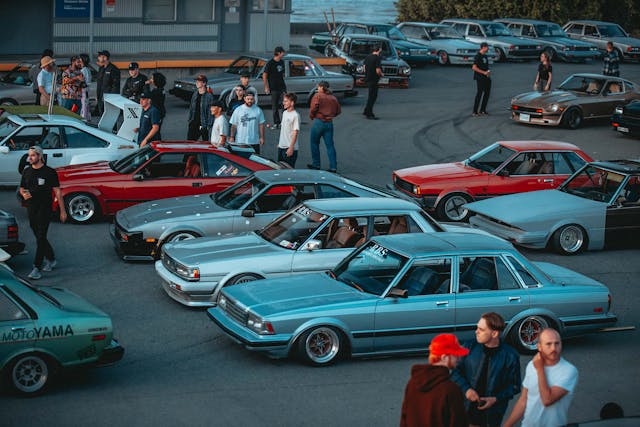
For the most part, kaido racer style takes its inspiration from the Super Silhouette racers of the late 1970s and early 1980s. If you’re a student of the Nissan Skyline, you might recognize the gargantuan box flares of a Super Silhouette R31 Skyline in its signature red and black Tomica livery (Hot Wheels made a scale-sized tribute a few years ago). Some of this angular aero made its way onto the hero car of Seibu Keisatsu, a hard-boiled TV police show that was Japan’s answer to Miami Vice.
There were all kinds of other racing cars in this period, most of them with the same flared bodies and relatively small-diameter wheels. Kids started cutting up their street cars and getting together for late-night cruises, and a series of meets and magazines formed around the culture. There were different flavors, from the wide Grachan cars (for Grand Champion, like the racing machines) to the the narrow-bodied and brightly colored Fukoka styled cars with their hoods jutting forward like the brow of a giant space robot.
Kaido racer enthusiasts take their passion seriously. There is a right way to build a car and a wrong way. Every detail matters, and to an outsider, what makes a great kaido racer build correct can seem obscure or even arbitrary.
For Rudeman and Measures and their merry band of co-miscreants, uncovering Japan’s fifty-odd years of kaido racer culture is part archaeology, part art history. Their research pool? Rare magazines. A handful of experts. A growing pan-Pacific network of enthusiasts who love the obscure stuff. Gathered here today are kaido racer clubs who have driven from as far away as Los Angeles—even a guy who flew in from London. (England, not Ontario.)
Along with the seriousness, there’s an atmosphere of madcap fun to the scene. Between the couple of dozen cars here are thousands of dollars of rare wheels imported from Japan (replicas = heresy), and the high dollar rolling stock contrasts with hand-formed sheetmetal fixes, rust-rotted arches, and suspension modifications. They ruin both ride and handling, yes, neither of which are the point.
“I mean, this car is a joke,” says Measures, “But those wheels are five grand!”
The aforementioned golf car, apparently hiding a Geo Metro chassis underneath, zips off down the road for a pre-cruise shakedown run. Unsecured golf balls roll off the back and go bouncing all over the street.
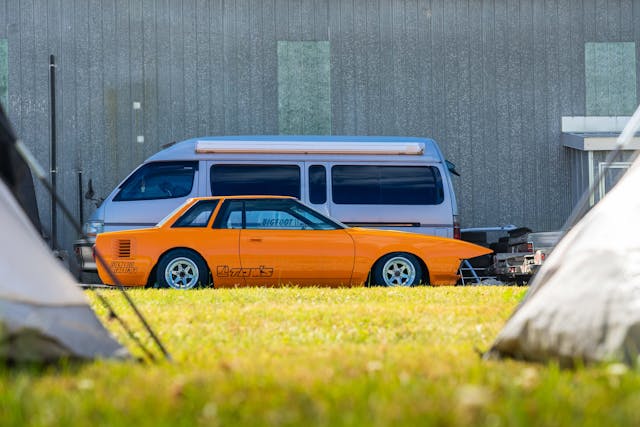
It is a careful chorus of strict rules, terminology, and heritage, nevertheless inflected with wacky Japanese game show mayhem. The interior of Measures’ Nissan looks like he skinned the Abominable Snowman from the 1964 Rudolf The Red Nosed Reindeer TV special. A bunch of dudes in muscle shirts pose for photos with their pink roofless Tercel; they call themselves the “Team Sexy Cowboys.” There’s a smattering of JDM vans. Tents are scattered across the lawn like a music festival. Keith gets stung by a wasp’s nest in the bumper of the Nissan. Two guys doing a rudimentary alignment discover that the two tape measures they’re using differ by over half an inch.
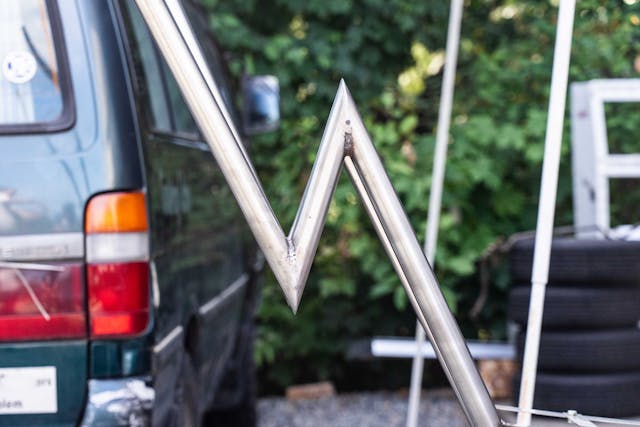
Everyone is having the time of their lives, apart from the now-drenched-in-brake-cleaner wasps. Building actual racing machines is far more scientific stuff, if not an art whose measurement is shaving off seconds off around a race track. Even drifting displays less humor.
The kaido racers head off down the highway into the setting sun, bouncing on their impossibly low suspensions, scraping wheels on fenders, blasting tunes, and turning the usual parade of local grey-silver-white crossover traffic into a rolling disco. Many of them are skilled photographers, capturing these fleeting moments for social media.
The fact that this is happening in British Columbia is ironic, to say the least. The province’s road rules are notoriously strict. None of these machines would pass even a cursory roadside vehicle inspection. But even when one of the crew is pulled over for driving a little over the limit, the cop just shakes his head and lets everyone go.
It’s as if the kaido racers have been blessed by a meneki-neko—one of those waving-good-luck cats you find in sushi restaurants. Many of the cars have at least a lucky black Marchal headlight brand cat aboard.
Whether you’re an Alfa-Romeo purist, a Mopar Hemi fan, a vintage BMW propellor-head, or the kind of person who thinks the only good math is V-8-plus-carburetor, there’s something universal in this brand of car enthusiasm. Having fun with your friends on hot tarmac in the summer sun. Long nights, and maybe a little of the good kind of trouble. You just feel it, nothing lost in translation.
***
Check out the Hagerty Media homepage so you don’t miss a single story, or better yet, bookmark it. To get our best stories delivered right to your inbox, subscribe to our newsletters.
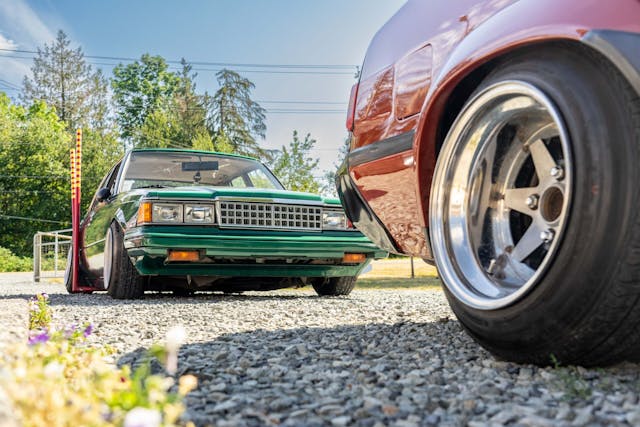
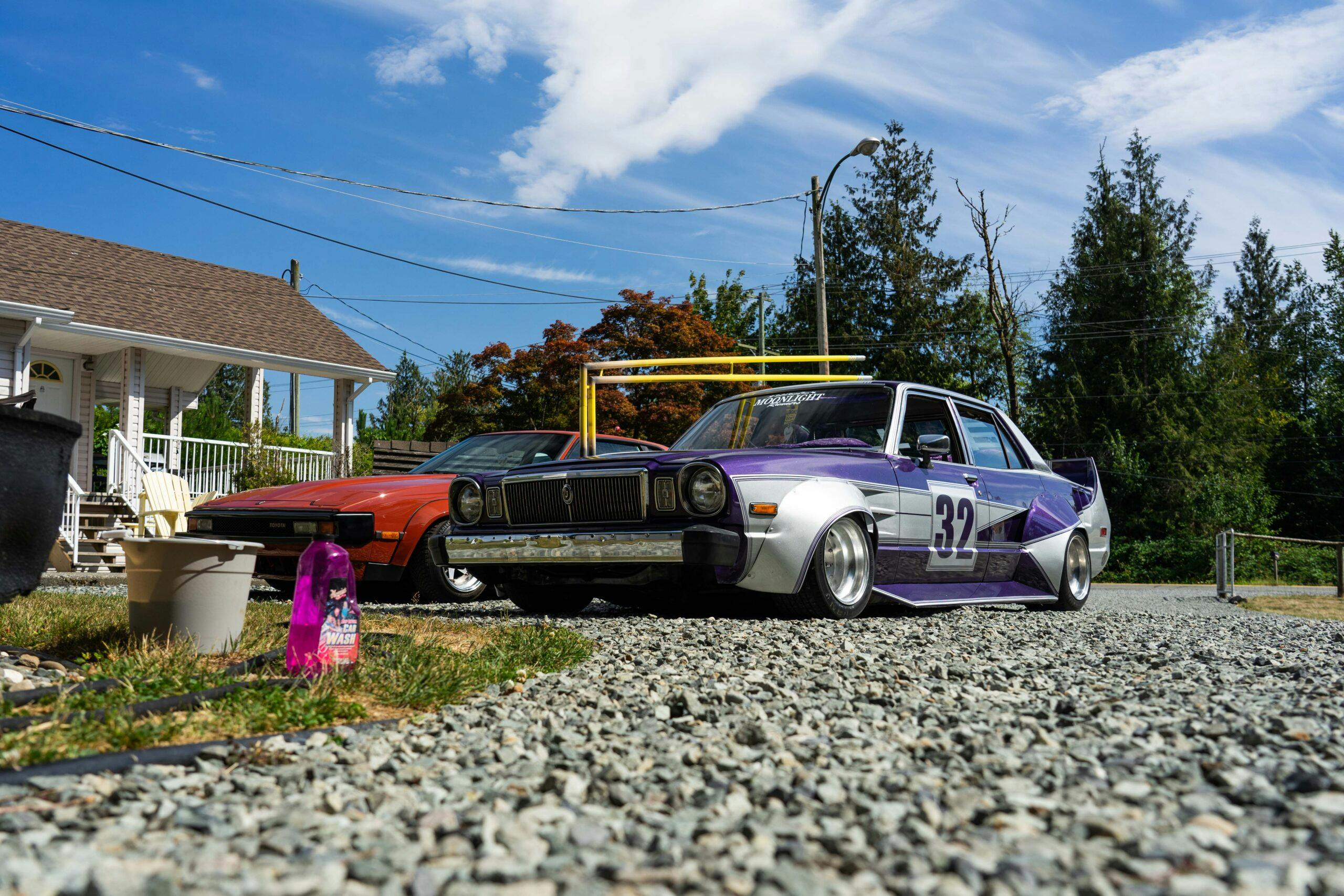
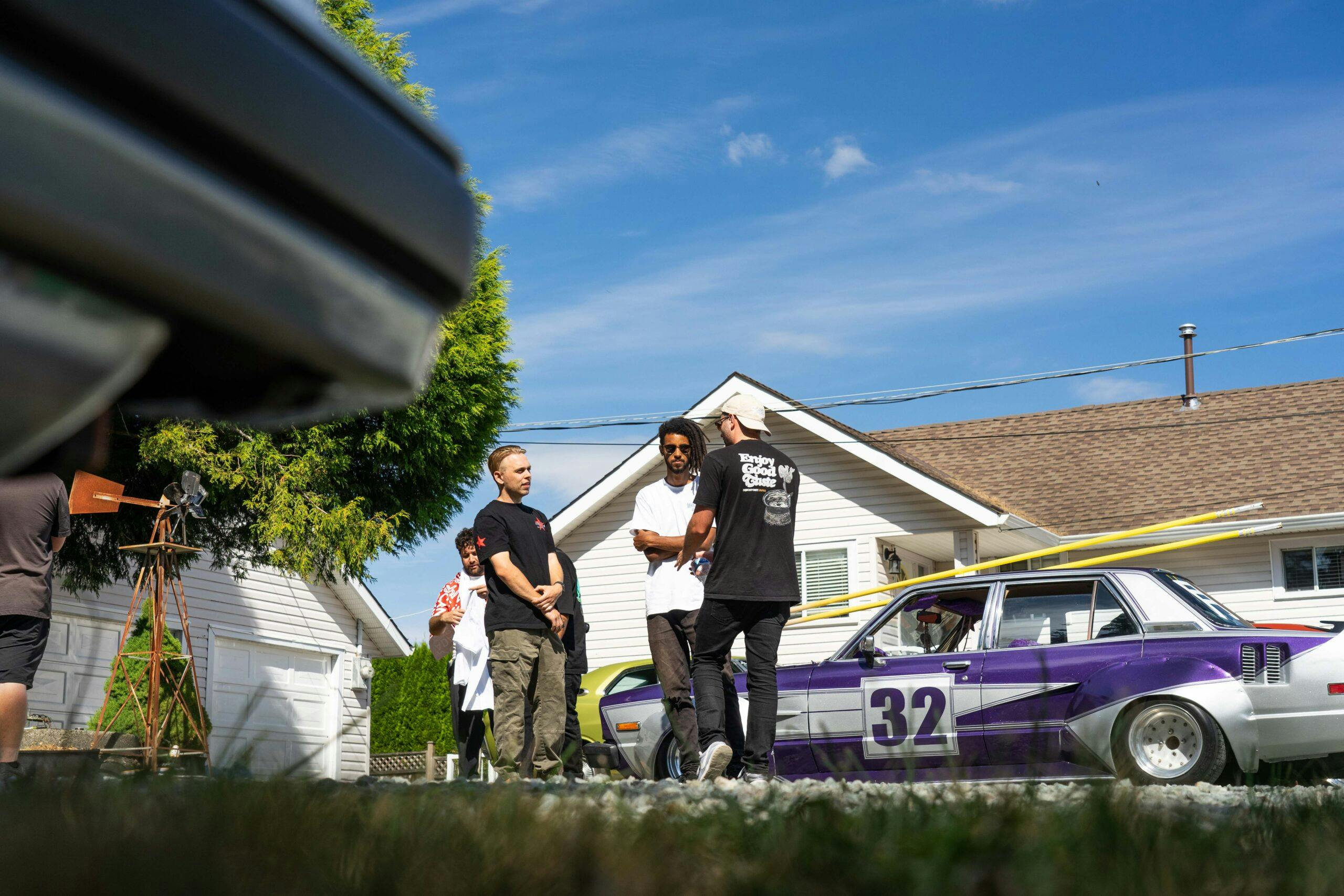

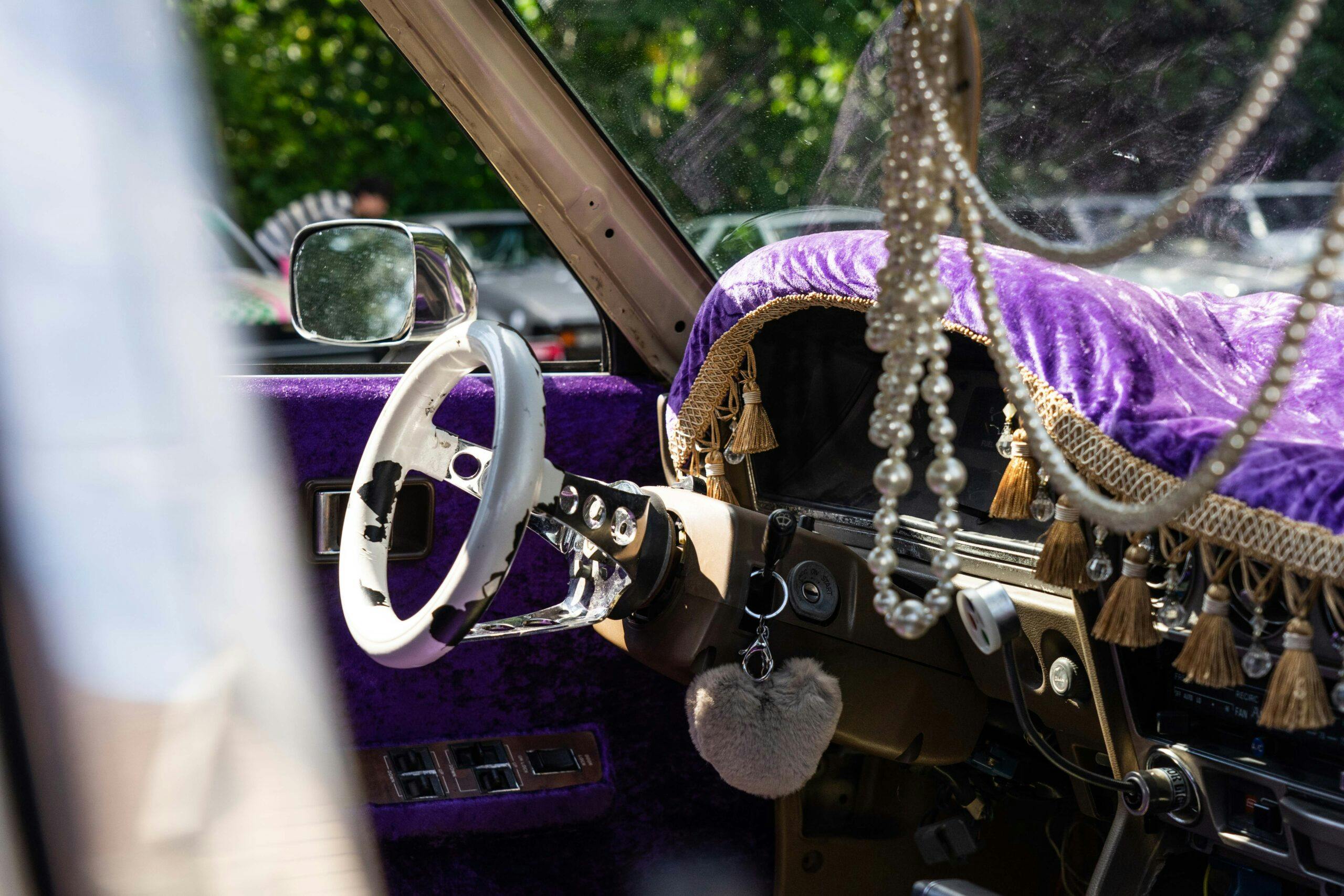

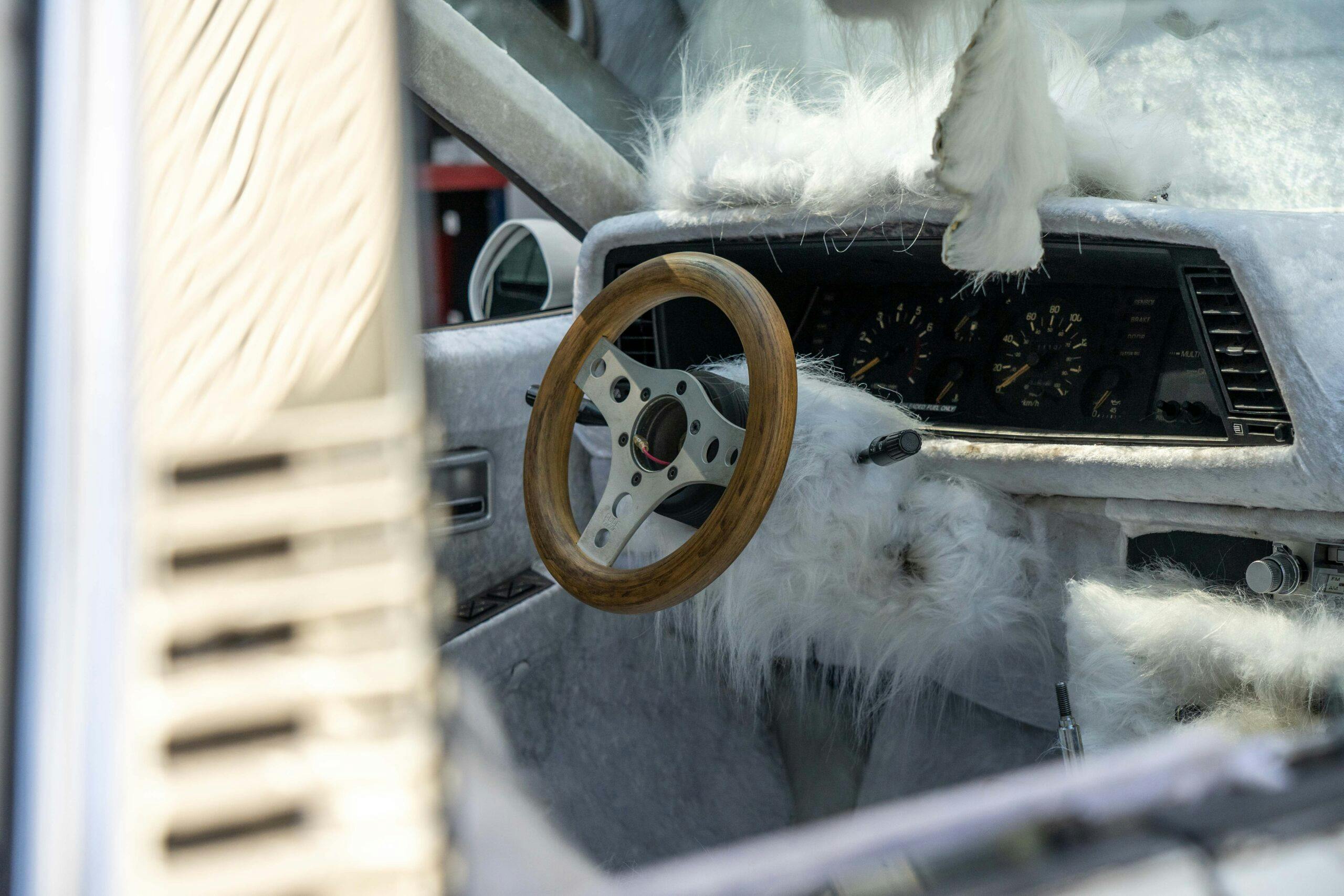



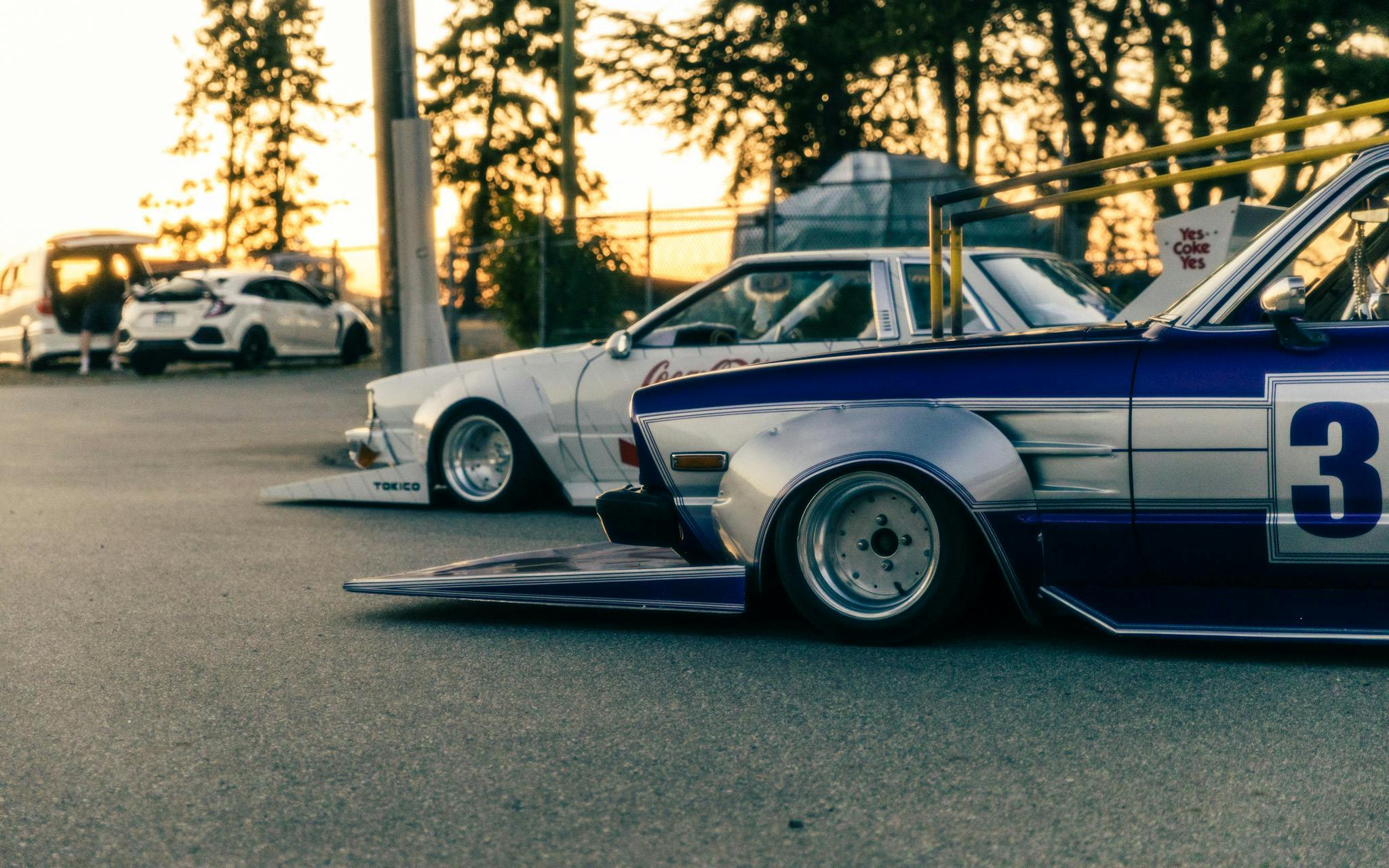
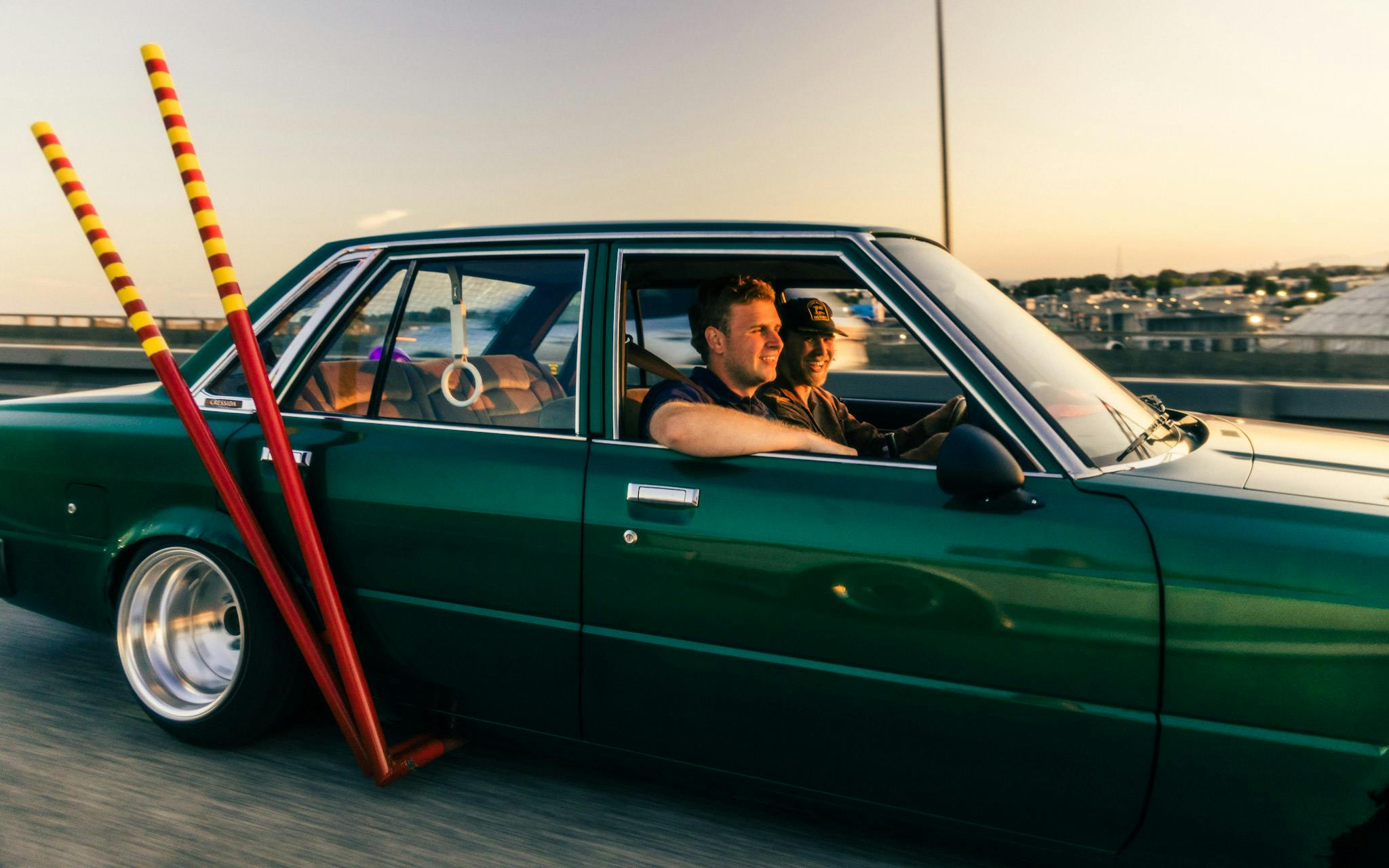
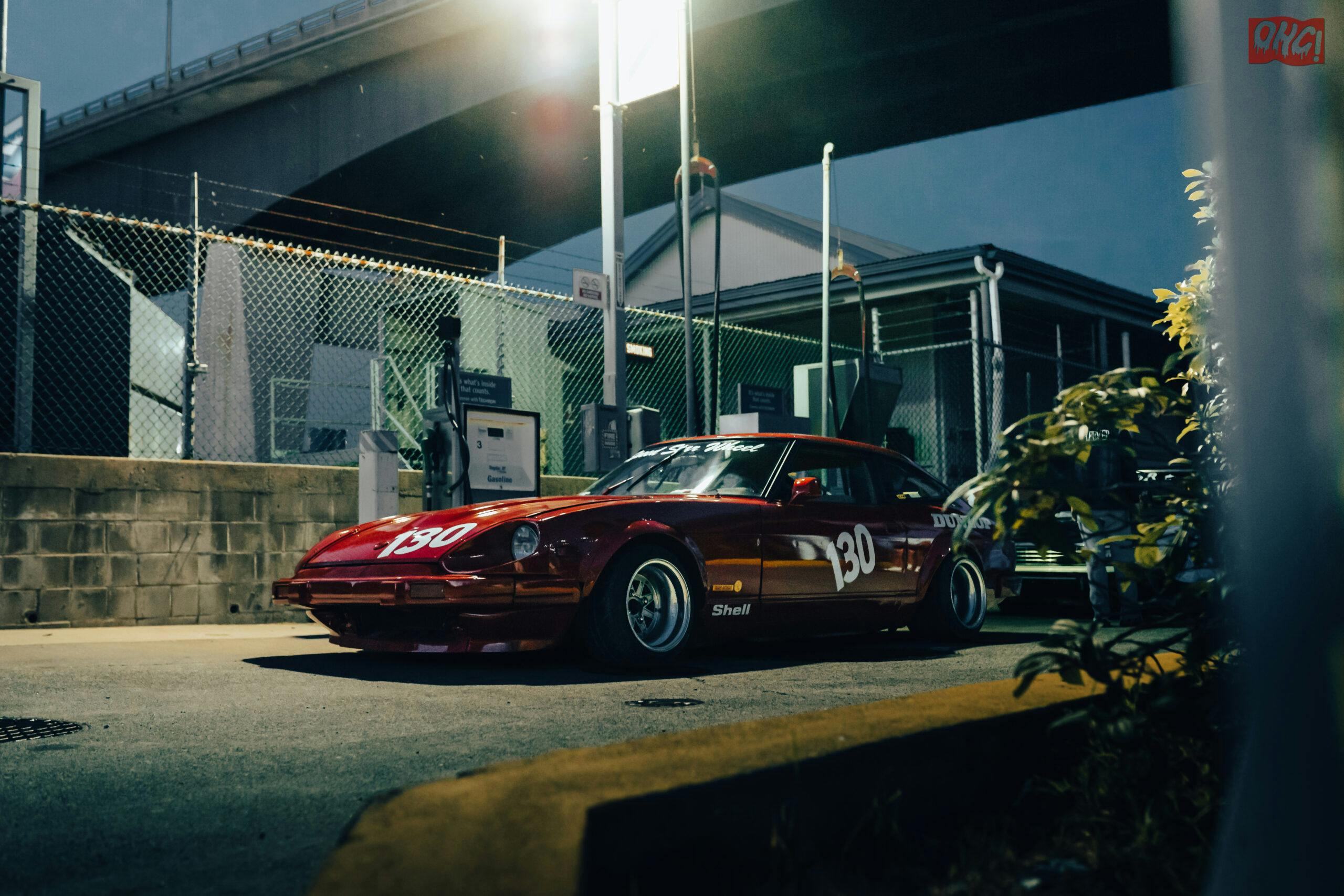
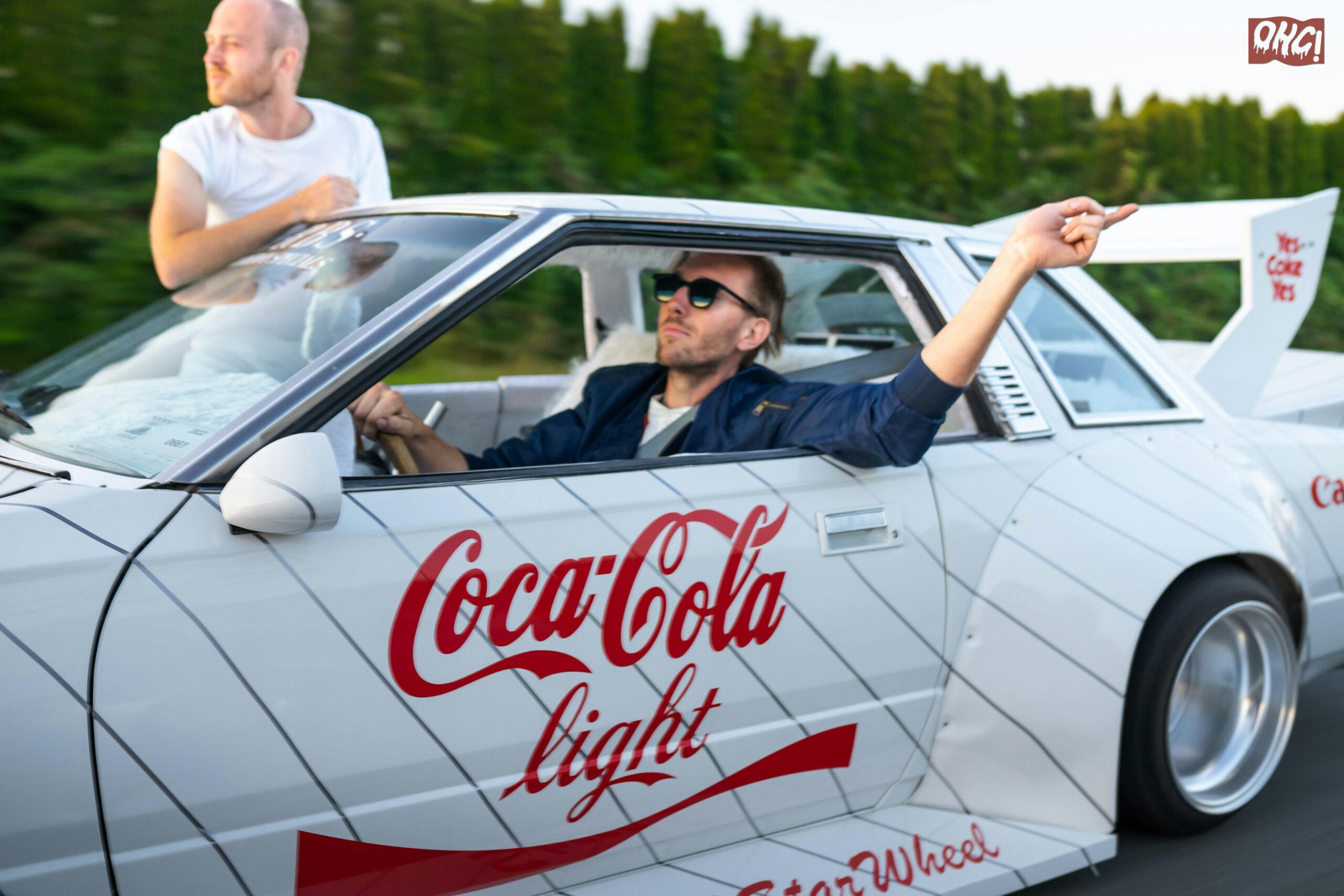
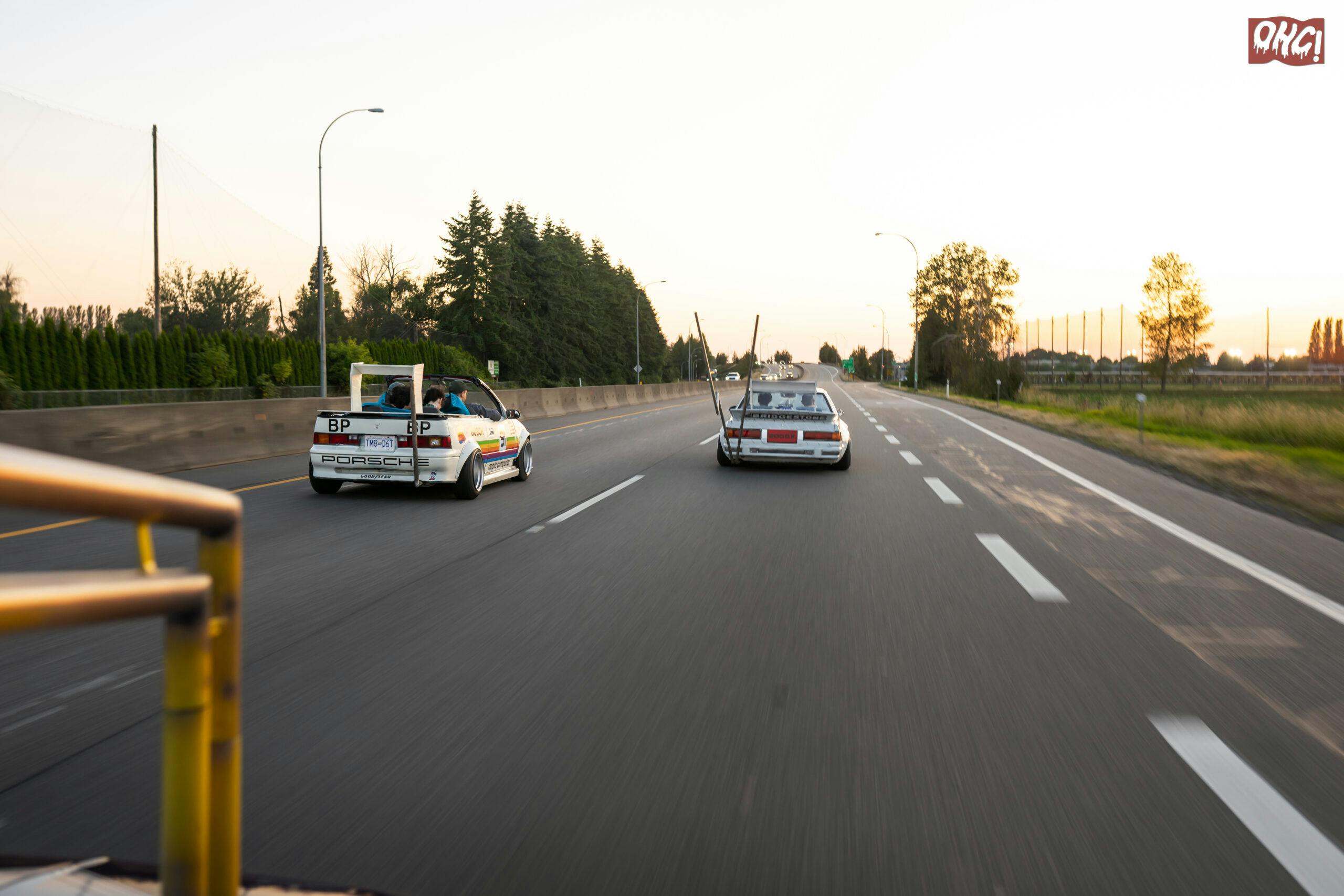
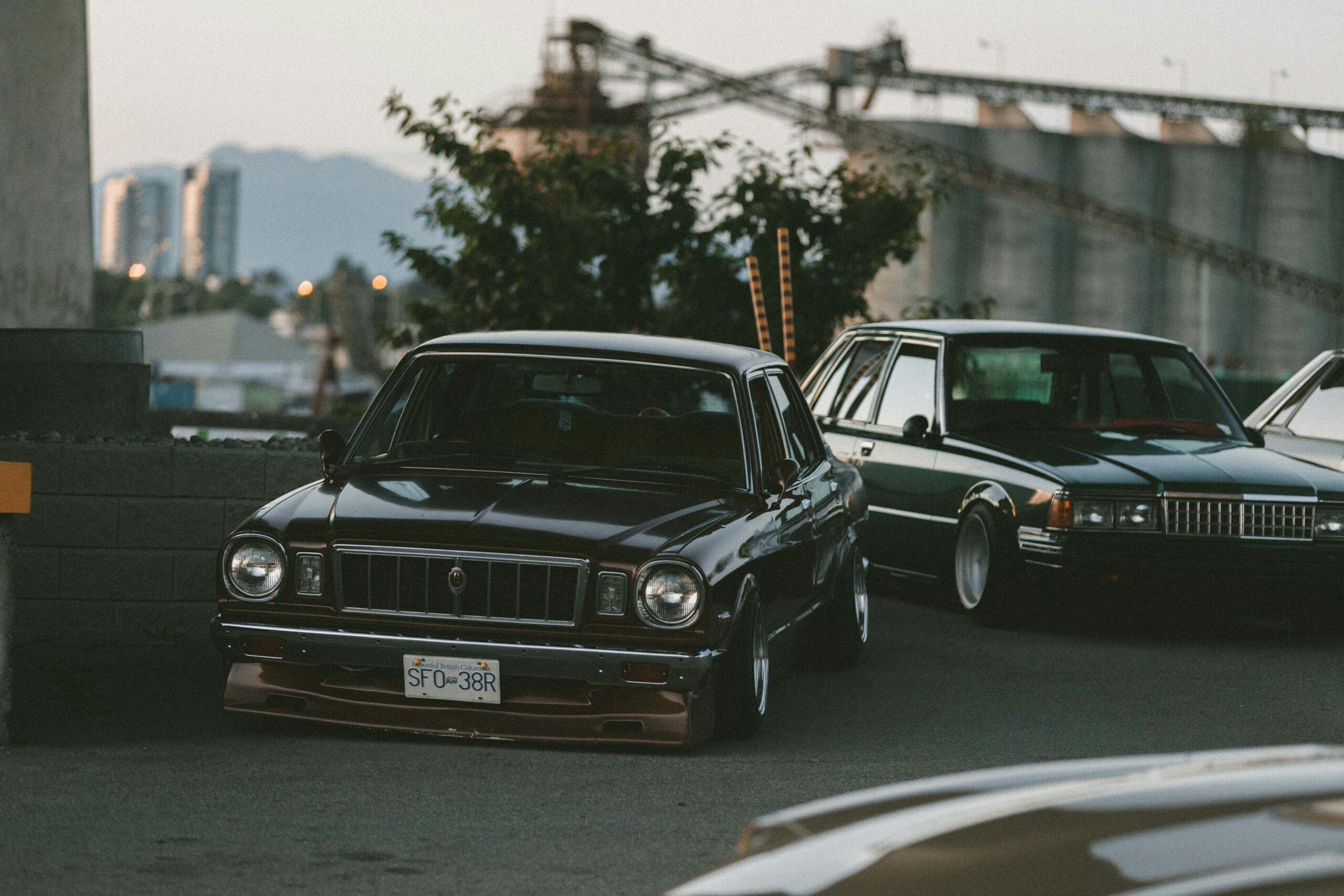
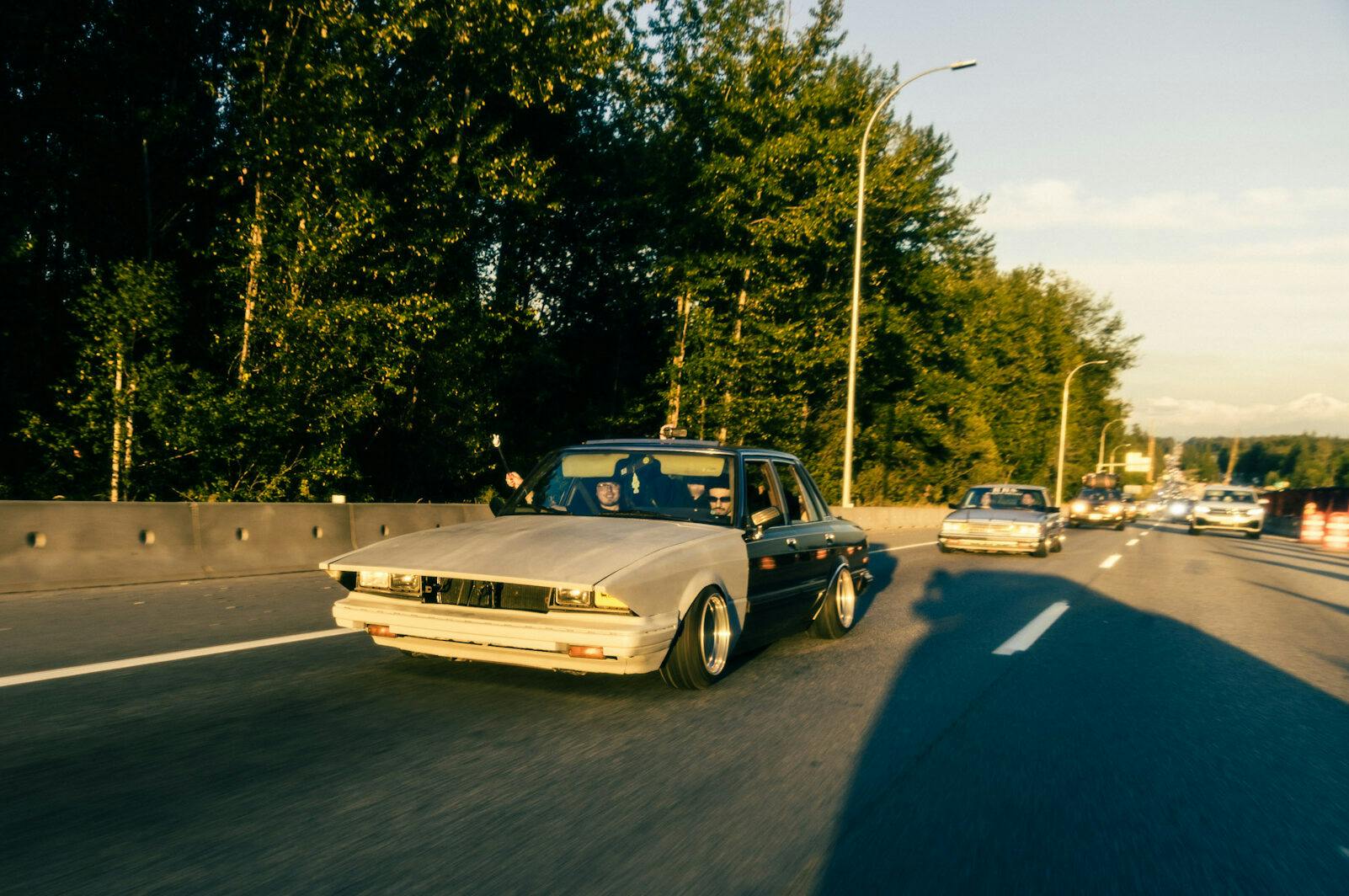
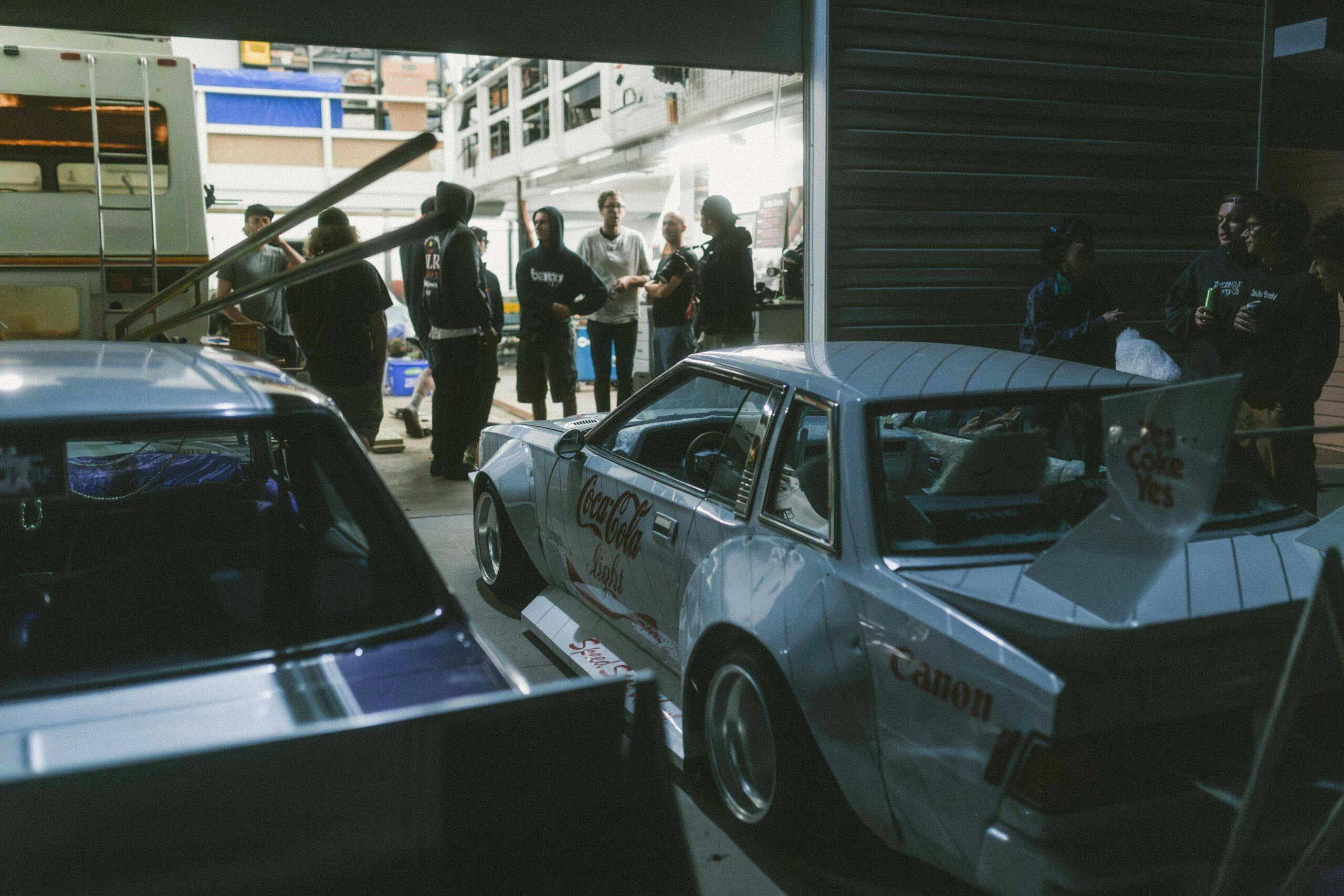


I hope this stays on the coast.
I get it kids today can’t afford the $20K for a rusted out Chevelle. So they get what they can afford.
My car is worth twice that, we do this for fun. It isn’t about the money at all, infact some of these cars fetch an obsurdly high price, and manufacturing/purchasing so many custom and rare parts to build these runs up the build price quickly.
You know, it’s not really my scene, but if anything, I can admire the hard work and dedication of the folks. They’re probably not into what I’m into and that’s fine. The car world is big enough for all of us. That said, if I was at a car show or gathering and a group of these pulled up, I know I’d go have a look and a chat with the owners.
Great attitude to have, David, and the point I was trying to make. It’s not whether the enthusiasm lines up with your own tastes, but rather that this stuff can be big tent appreciation for cars. Variety is the spice of life!
Ditto to David C as well. This is the exact kind of insight that seems to separate Hagerty from others. Per David C. the car culture world is a big place, and just knowing of these specific subcultures is fun and entertaining to me. Keep bringing us into these worlds. Never stop driving
I’m not into super slammed cars but there a lot of cars here I like to some degree here.
Row ride err